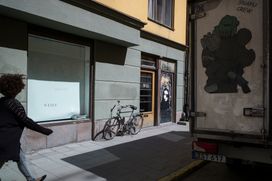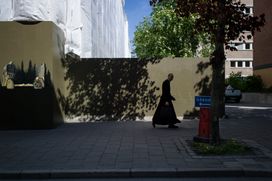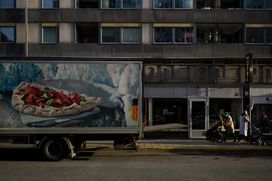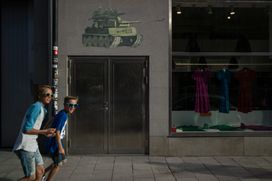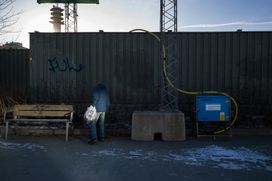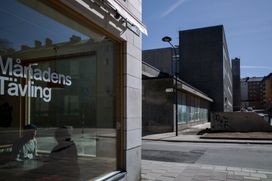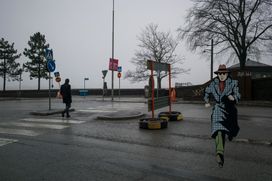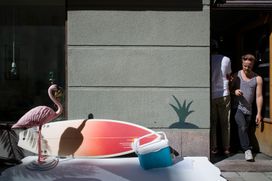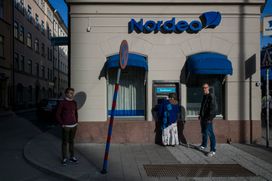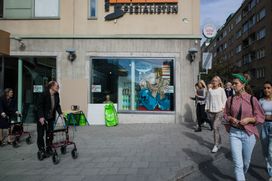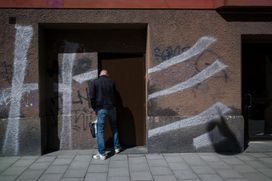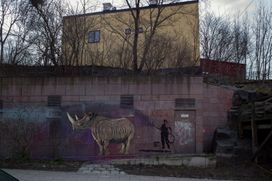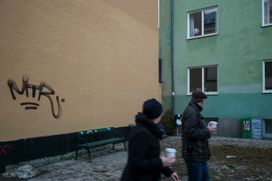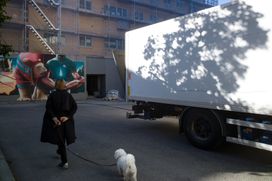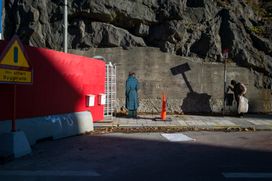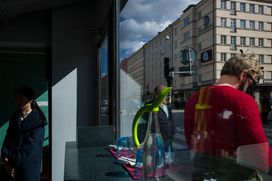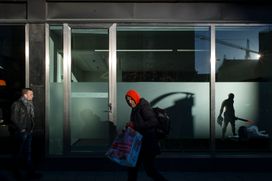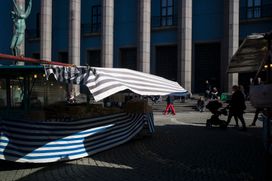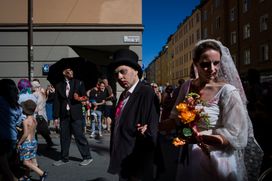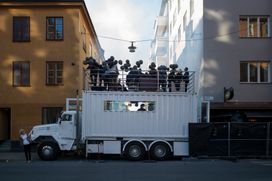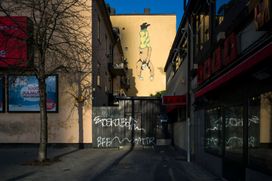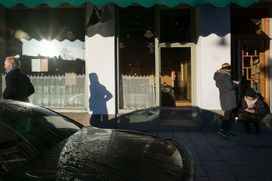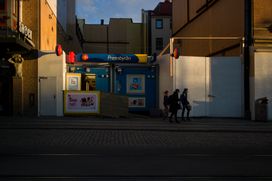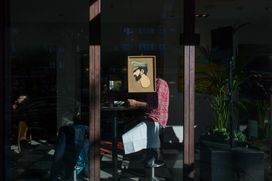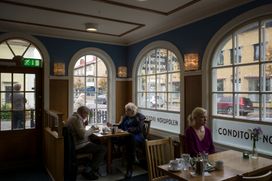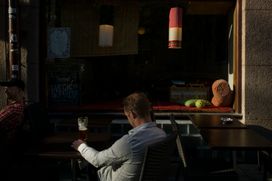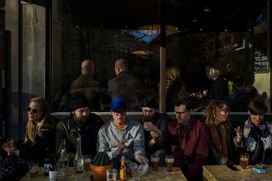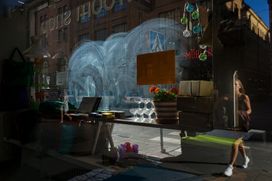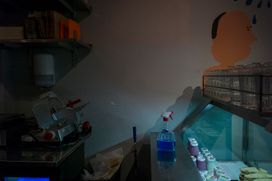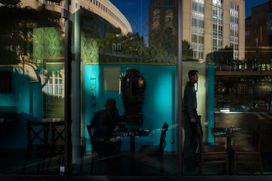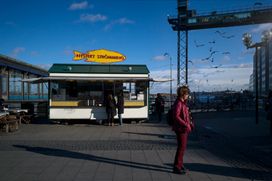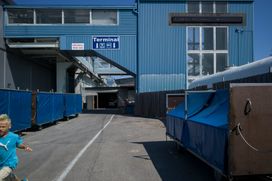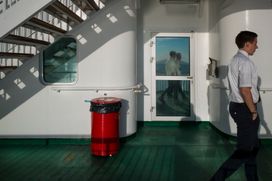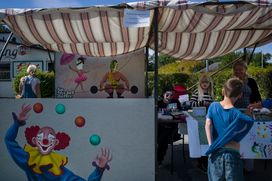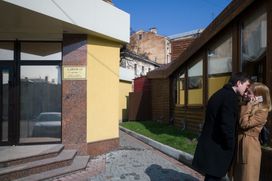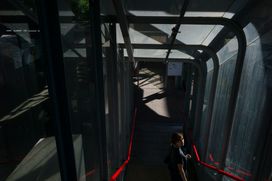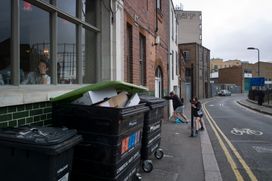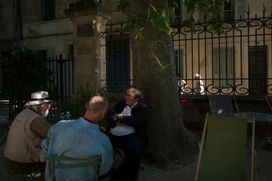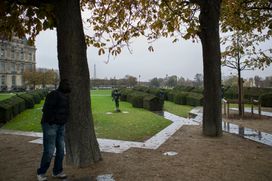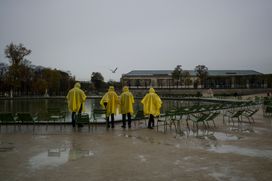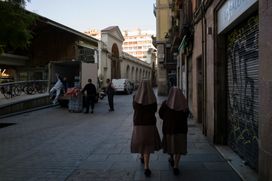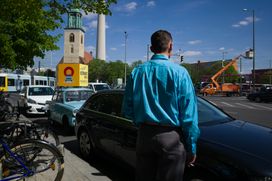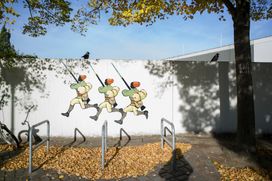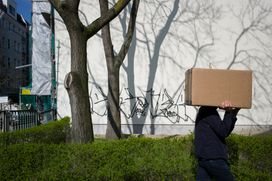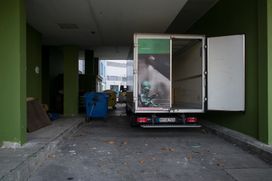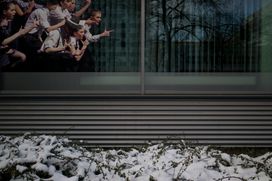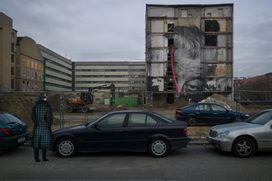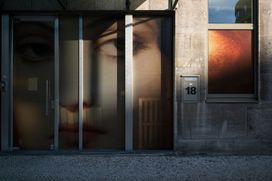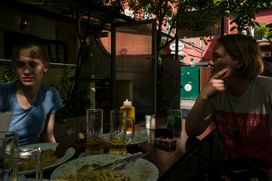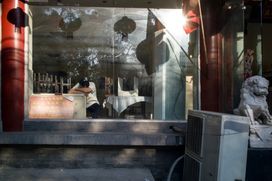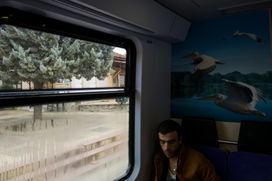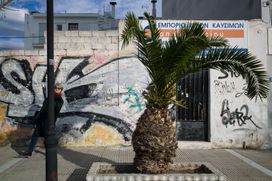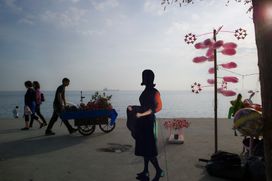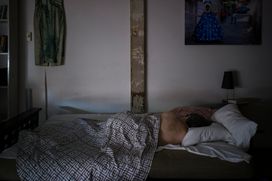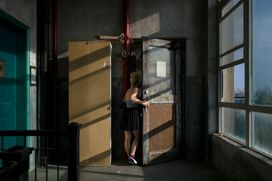The Return of Eternal Presence
Sven-Olov Wallenstein
Eternity, presence—the two terms have just as often appeared as opposites as they have been taken as mutually implicative: opposites, because the present is already gone when we attempt to grasp it, whereas the eternal is the unchanging, that which never comes to be or passes away; implicative, since what is present somehow always aspires to step out of the flux of time, as if the Now would of itself demand to be sustained in view of the eternal that is always there, always present, as if fulfilling the promise inherent in the now. Together these two terms have thus been taken as the very summit of temporal experience in a way that escapes ordinary time, or forms the non-temporal kernel of time itself. In the language of medieval theological discourse this would be God as a “standing now” (nunc stans): a God who is at once absolutely alive and absolutely dead.
Ever since its inception photography has surely inherited some of this, and it has had its fair share of metaphysicians and theologians, positive as well as negative. From the first intimations of a “writing of light” that would inscribe luminosity on a surface, stabilizing and recording its flickering and evanescent coming and going, through the various claims about a seizure of essential moments in documentary practices, up to the meditations of Roland Barthes on the punctum as a particular way of touching us beneath the conscious and intellectual level of the studium, time, in all of its guises, has been a key issue. Unlike painting, which constructs its own peculiar temporal and spatial frames, and has forged a wide array of techniques for extending the present backwards and forwards, photography throughout most of its history, notwithstanding its infinitely varied techniques of cropping, editing, montage etc., with respect to time remained axed onto a present understood as already given outside of its apparatuses. If painting derives from imagination, photography is subservient to a reality, no matter how elusive, that it must catch and bring to a stand; its moment precedes it, it is given beforehand in the irreducible reality of space-time, which is something other than a motif or a model. This may be construed as a weakness, as in many of the earlier polemics against the new art form, with Baudelaire’s diatribe in his 1859 Salon on “The Modern Public and Photography” as the most vitriolic one, where photography, precisely a mechanical art that lets its matter be given to it, was perceived as a key factor in the the destruction of the imagination; or it may by understood as a unique capacity to let us sense the very movement of passing away, of inescapable death and loss, and to dispel the illusory eloquence of the imaginary telling us that the transfigured object can in fact preserved and made eternal. If the Now of painting extends before it as the place of a future spectator who comes to occupy it and actualize the work, the Now of photography seems to lie behind it, in an always already lost object whose eternity is also a tomb.
This opposition between an inescapable link to a pre-given reality and the superiority of the imagination as the “queen of the faculties” (Baudelaire) has since long been understood in terms of indexicality and causality, which would stand opposed to mediation and symbolism. And while such oppositions no doubt have beome blurred beyond recognition in the digital age—and were probably never sufficiently thought through in the first place—they might still be useful, this time not in the sense of once more underwriting a defunct division of the arts, but rather as elements of a poetic, as a way of conceiving works irrespective of any claims about mediums. From the outset photography invaded painting just as painting invaded photography, both of them trading places and exchanging their operative metaphors and techniques, as in the case of photography’s emulation of the compositional conventions of academic painting in order to attain the status of fine art, just as inversely the idea of the index as a trace of a contact with the outside (hand, gesture, body etc., all of them understood as signaling the involuntary and mechanically causal as a sign of truth) would become a key element in the evolution of modernist panting.
Misha Pedan’s Eternal Presence may seem remote from such concerns. Consisting of a series of eighty-four photographs, taken at various locations and mostly showing us everyday scenes from urban life, it appears to align itself with a documentary aesthetic and a discourse of photography as the art of extracting a crucial moment from the flow of time. The images are however infiltrated by another presence, that of a fellow artist, Jan Håfström, whose earlier work The Eternal Return is overlaid, subtly and sometimes almost imperceptibly, onto Pedan’s own. That Håfström’s series bears a similar—although from the perspective of the philosophical tradition significantly transformed—name as Pedan’s, seems to set up a particular resonance between them, two series crossing and intersecting, without merging into a third unity. And while the reference to Nietzsche’s idea of the eternal return (my most abyssal thought, as Nietzsche himself said) is no doubt there, it is difficult to decipher. What is that returns in Håftström, eternally, and furthermore returns again inside Pedan’s images, as if the return would itself return?
What we encounter in Håfström could be understood as fragments of childhood memories whirling by, drawn from comic books and cartoons, a circle of signs that revolves around a lost center of memory. A key figure in Håfström’s series, which is an open work that changes is format and specific content with each presentation, is not incidentally the enigmatic Mr. Walker, also known as the “Phantom,” or “The Ghost that Walks”—someone who returns as a ghostlike presence, a revenant who is neither wholly present nor absent, as if a figure of a memory or a lost Thing that returns to haunt us in mature life, a childhood that perhaps never existed as such, but which insists in our adult existence precisely by returning.
In Pedan’s work, fragments from Håfström’s (itself fragmentary) work reappear in settings that seem oblivious of this enigmatic insistence. These elements, Pedan notes in an interview, “blend so well into our civilization” that it’s sometimes “practically impossible to figure out where they are in my pictures.” And yet, even though we may at times be unable to detect them, their virtual presence produces a subtle sense of dislocation, in ever so slightly shifting our focus. What or who is this Thing that intrudes in the everyday cityscape? Perhaps we might understand it as a contemporary echo of Baudelaire’s experience of nineteenth-century Paris, whose entry into modernity brought forth memories, vestiges of pasts that refused to go away and futures than never had taken place, and yet insisted on haunting the place: “Swarming city, city full of dreams, / Where specters in broad day grab the passer-by! (“Fourmillante cité, cité pleine de rêves, / Où le spectre en plein jour raccroche le passant”)
But while Baudelaire’s city was caught between a past that wouldn’t let go and a future refusing to be born, which produced a series of phantasmagorical intermediary creatures in architecture, in the world of commodities, and in the new culture of display (all of which would be later famously understood by Walter Benjamin as dimensions of “passage”), Pedan’s city seems at first to be eternally present, revolving around itself and its everyday activities. We see people waiting for a bus, drinking coffee, taking selfies, or just passing by; it is a world made of tiny slices of life that do not appear to point beyond themselves. But as we soon discover, here too, there are ghosts that enter the scene, this time from another fictitious world, from another artist’s imaginary, itself in turn drawn from the imaginary world of cartoons and comic books. However, these modern visitors do not like their nineteenth-century predecessors grab or seize the passer-by, but are more like silent witnesses, unseen spectators that remain on the fringes of our space without demanding anything of us, sometimes just in the form of marks on a wall or reflections in a window. In this, they are neither simply real nor unreal, neither existing nor not existing; they float in the space of the virtual, the space of doubles, reflections, halos, illusions, which is also that of the ghost: its power to scare lies in that it occupies the sinuous line that separates the existent from the non-existent, and perpetually crosses over between the two without ever settling down. In this they also produce a certain “visor effect,” as Jacques Derrida once noted in his commentary on the ghost in Hamlet: does the armor surrounding the ghost belong to the ghost itself or the world of everyday objects? The specter needs to wield a certain materiality in the world if it is not to simply evaporate, simply not exist, at the same time as this materiality, the armor or any other coating that is wears, becomes “spectralized,” dematerialized or virtualized, as it is drawn into the strange intermediary sphere of the visitor.
The visitors or witnesses in Eternal Presence do not seem bring us any fateful messages from the past; the father-king, dead or alive, is not an issue, and the Prince of Denmark is no longer called upon to decide whether he should take his revenge or not. Instead they might perhaps be taken to signal a particular drift inside our urban space: if they “blend so well into our civilization” that they sometimes become undetectable, it may be because this space is itself becoming increasingly fictionalized. The city of our present seems always to border on fiction, and it is increasingly replete with virtual technologies, ranging from computer and smartphone games to various surveillance and detection devices that superimpose new levels on its physical appearance, and renders the real more like a double of itself, or just another layer of images. If the city is made over so as to appear photogenic, from the outset waiting to become an image if itself; the visor effect is as it were diffused over the whole of perception, and in the end, in the act of looking at these images, we may ourselves be called to act the part of the visitor.
© Misha Pedan
Khimaira Publishing, Sweden
Edition of 800
Special edition of 30, inkcluding a signed print
Design: Patric Leo
Text: Sven-Olov Wallenstein
Printed by Göteborgstryckeriet
ISBN 978-91-639-3318-9

